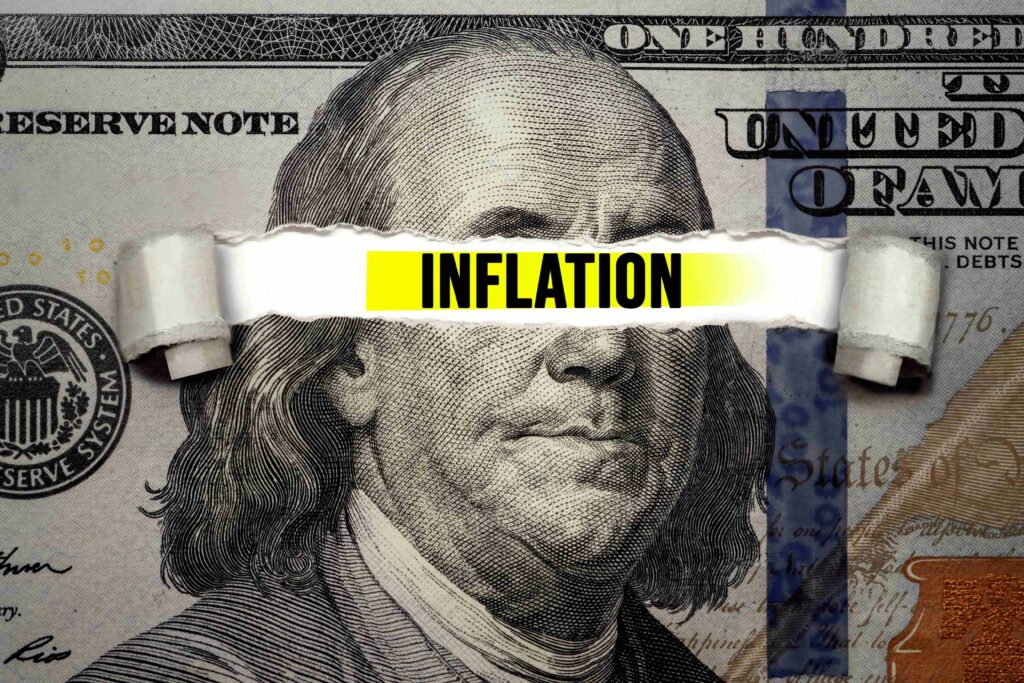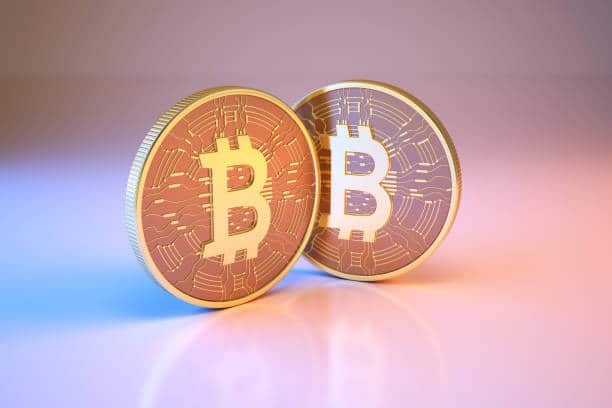Don’t invest unless you’re prepared to lose all the money you invest. This is a high-risk investment and you are unlikely to be protected if something goes wrong. Take 2 minutes to learn more
In the dynamic world of digital finance, the term “deflationary cryptocurrencies” has been making waves. For those venturing into the realm of crypto investments, this concept might have piqued your interest.
But what exactly are these deflationary cryptocurrencies, and why should they matter to you? Also, how do they differ from their counterparts, and which ones should you consider for investment? Here, we’ll delve into these questions and more, offering insights suitable for both novices and seasoned crypto enthusiasts.
Understanding Deflationary Cryptocurrencies

Deflationary cryptocurrencies, a subset of digital currencies, are meticulously designed to decrease their supply over time. This intriguing characteristic renders the coins scarcer and subsequently more valuable as their circulation dwindles. The central objective of these cryptocurrencies is to counteract inflation—the devaluation of money due to its excessive supply.
The traditional financial sector is no stranger to the scourge of inflation. Central banks can, at their discretion, print more money, leading to a decline in its value and a surge in commodity prices. Such a scenario erodes the savings and investments of fiat currency holders.
The ingenious solution posed by deflationary cryptocurrencies is to institute a fixed or diminishing supply of coins. This instills deflationary pressure, causing the value of each coin to appreciate over time as demand outpaces supply. Consequently, these cryptocurrencies can incentivize individuals to invest and save their funds, thereby enhancing overall financial stability.
The Mechanisms of Deflationary Cryptocurrencies
Various methods are employed by deflationary cryptocurrencies to curtail their supply. Here are some prominent ones:
- Buyback-and-burn: In this approach, the project team or protocol purchases a substantial number of coins from the market and subsequently eliminates them by directing them to a dead address. This deliberate act reduces the circulating supply, amplifying the coin’s scarcity. Notable examples employing this method include Binance Coin (BNB) and PancakeSwap (CAKE).
- Burn-on-transactions: This mechanism entails a proportion of each transaction fee being burned—effectively eliminated from the total supply. This ongoing process ensures a steady decrease in supply with each transaction. Noteworthy cryptocurrencies embracing this strategy include SafeMoon (SAFEMOON), Thugs Finance (THUGS), and Bomb (BOMB).
- Halving: This strategy involves halving the reward for mining or validating transactions after a designated time span or a specific number of blocks. This curbs the inflation rate, thereby decelerating supply growth. Bitcoin (BTC), the preeminent deflationary cryptocurrency, employs this method, with its halving event occurring every four years.
Top 5 Deflationary Cryptocurrencies
Here’s a list of our picks for the top five deflationary cryptocurrencies on the market right now:
- Bitcoin (BTC)

Unarguably the world’s first and most renowned cryptocurrency, Bitcoin boasts a fixed supply of 21 million coins, anticipated to be reached around 2140. As we recently mentioned, halving events, recurring every four years, slash the mining reward, curbing inflation. Functioning as a store of value, medium of exchange, and inflation hedge, Bitcoin boasts a market cap exceeding $500 billion and daily trading volumes surpassing $11 billion at the time of writing.
- BNB (BNB)
Serving as Binance’s native token, BNB boasts diverse utilities, including covering trading fees, accessing premium services, and engaging with BNB Chain dApps. Through quarterly burns based on trading volume, Binance plans to reduce BNB’s total supply from 200 million to 100 million soon. With a market capitalization exceeding $32 billion and daily trading volumes surpassing $480 million at the time of writing, BNB stands strong.
- Litecoin (LTC)
Among the earliest cryptocurrencies, Litecoin mimics Bitcoin while offering swifter and more economical transactions. Its supply tops out at 84 million coins, estimated to be exhausted around 2142. Halving events, recurring every four years, check inflation.
Embraced for everyday transactions, Litecoin’s market cap surpasses $4.8 billion, with daily trading volumes exceeding $360 million at the time of writing.
- PancakeSwap (CAKE)
A leading decentralized exchange (DEX) on BNB Chain, PancakeSwap facilitates swaps, staking, farming, and earning tokens sans intermediaries. Its governance token, CAKE, empowers users to vote, access exclusive features, and garner rewards. Weekly burns, tied to trading volume, gradually pare CAKE’s total supply from 250 million to 150 million.
With a market capitalization of over $270 million and daily trading volumes exceeding $17 million at the time of writing, CAKE is a force to be reckoned with.
- Polygon (MATIC)
As Ethereum’s layer-2 scaling solution, Polygon prioritizes faster, more economical, and more secure transactions. Catering to DeFi, NFTs, gaming, and social media, Polygon’s native token, MATIC, underpins transaction fees, network security, and varied services. Daily burns, determined by usage, aim to whittle MATIC’s total supply from 10 billion to 5 billion.
With a market capitalization of over $5 billion and daily trading volumes surpassing $250 million at the time of writing, MATIC holds substantial promise.
Final Word
Deflationary cryptocurrencies offer a groundbreaking antidote to the inflationary pitfalls plaguing the financial world. Laden with benefits such as enhancing scarcity and demand, encouraging prudent financial habits, and rewarding active users, they pave a new path in the cryptosphere.
Nevertheless, volatility, regulatory shifts, and competition loom as potential risks. Thus, before delving into the realm of deflationary cryptocurrencies, diligent research, comprehension of the underlying projects or protocols, and discernment of one’s risk tolerance and objectives are imperative.
You can purchase Lucky Block – Guide, Tips & Insights | Learn 2 Trade here. Buy LBLOCK
- Broker
- Min Deposit
- Score
- Visit Broker
- Award-winning Cryptocurrency trading platform
- $100 minimum deposit,
- FCA & Cysec regulated
- 20% welcome bonus of upto $10,000
- Minimum deposit $100
- Verify your account before the bonus is credited
- Fund Moneta Markets account with a minimum of $250
- Opt in using the form to claim your 50% deposit bonus
Learn to Trade
Never Miss A Trade Again

Signal Notification
Real-time signal notifications whenever a signal is opened, closes or Updated

Get Alerts
Immediate alerts to your email and mobile phone.

Entry Price Levels
Entry price level for every signal Just choose one of our Top Brokers in the list above to get all this free.







